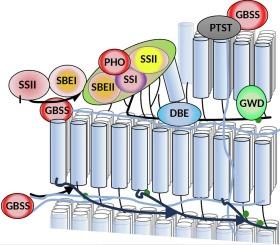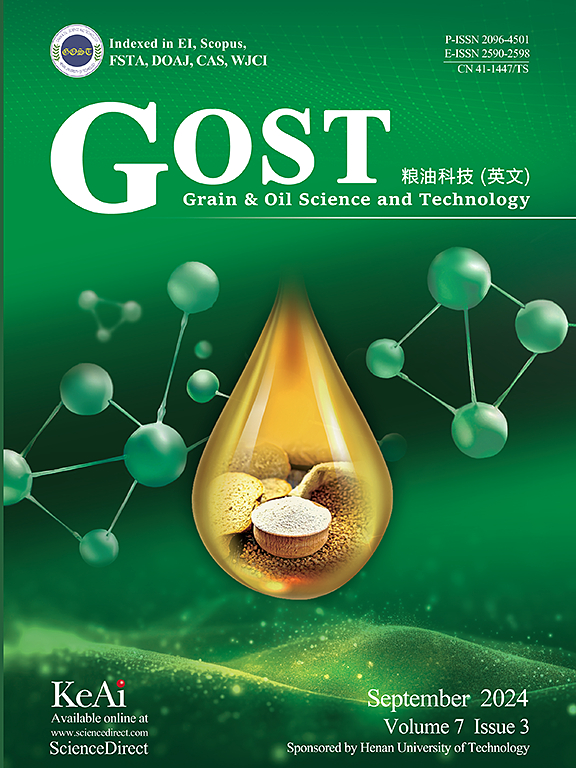淀粉生物合成与作物生物工程
Q2 Agricultural and Biological Sciences
引用次数: 0
摘要
淀粉是人类和其他动物必需的商品。未来的需求需要作物和收获后工程的定性和定量改进,这需要全面的行动,需要增加淀粉生物合成的基础知识,发展先进的育种策略,高效的耕作,以及适应和可扩展的各种淀粉产品的提取方案。最近,分子育种技术,特别是基因组编辑技术取得了惊人的进展,使得能够产生更高的淀粉产量和支持这种进步所需的特殊功能品质。然而,这需要对淀粉生物合成和淀粉杂交种种质的基本生化和机制的了解,所有这些都与淀粉分子结构和各种淀粉类型的功能之间的关系密切相关,并由淀粉作物基因型的不同能力指导。本文综述了淀粉的生物合成及其遗传基础,重点介绍了通过高直链淀粉性状的生物工程来提高淀粉的营养和健康价值。本文章由计算机程序翻译,如有差异,请以英文原文为准。

Starch biosynthesis and crop bioengineering
Starch is an essential commodity for humans and other animals. Future demands require qualitative and quantitative improvement by crop and post-harvest engineering that calls for comprehensive actions requiring increased fundamental knowledge on starch biosynthesis, development of advanced breeding strategies, efficient farming, and well-adapted and up scalable extraction protocols for diverse starch products. Recent staggering progress in molecular breeding techniques, especially genome editing, have enabled generation of higher starch yield and special functional qualities required to support such advancement. However, this necessitates fundamental biochemical and mechanistic understanding of starch biosynthesis and the variegated starch crop germplasms, all of which are closely linked to the relationships between starch molecular structures and functionality of various starch types as directed by the different capabilities of starch crop genotypes. We here review starch biosynthesis and its genetic foundation with a focus on increasing nutritional and health-promoting value of starch especially through bioengineering of the high amylose trait.
求助全文
通过发布文献求助,成功后即可免费获取论文全文。
去求助
来源期刊

Grain Oil Science and Technology
Food Science
CiteScore
7.30
自引率
0.00%
发文量
69
审稿时长
12 weeks
期刊介绍:
 求助内容:
求助内容: 应助结果提醒方式:
应助结果提醒方式:


